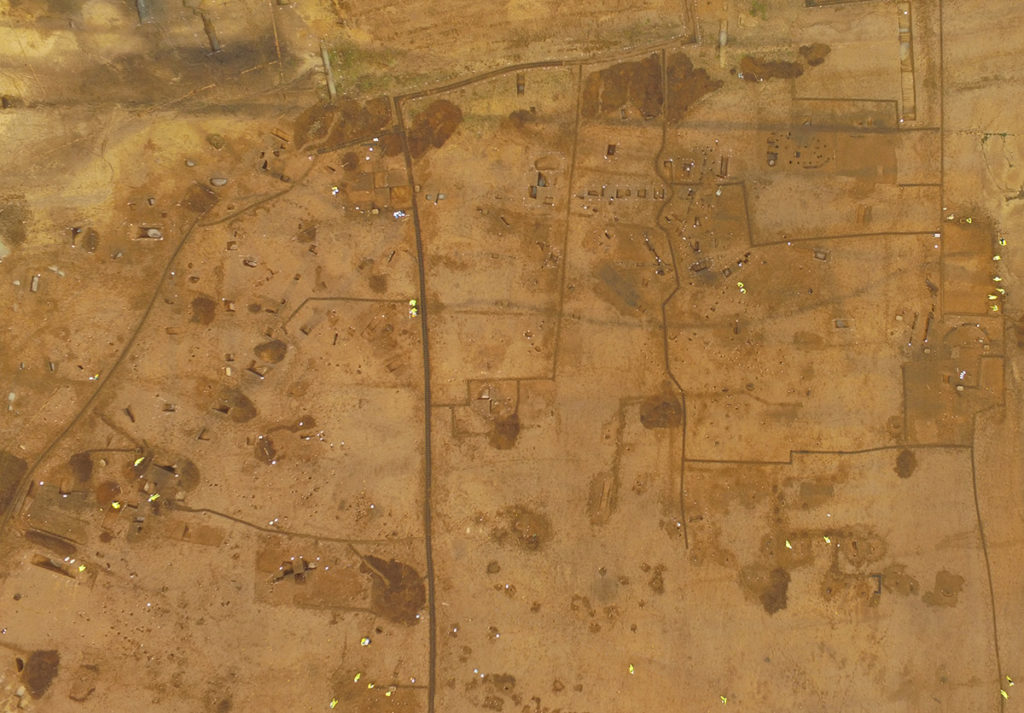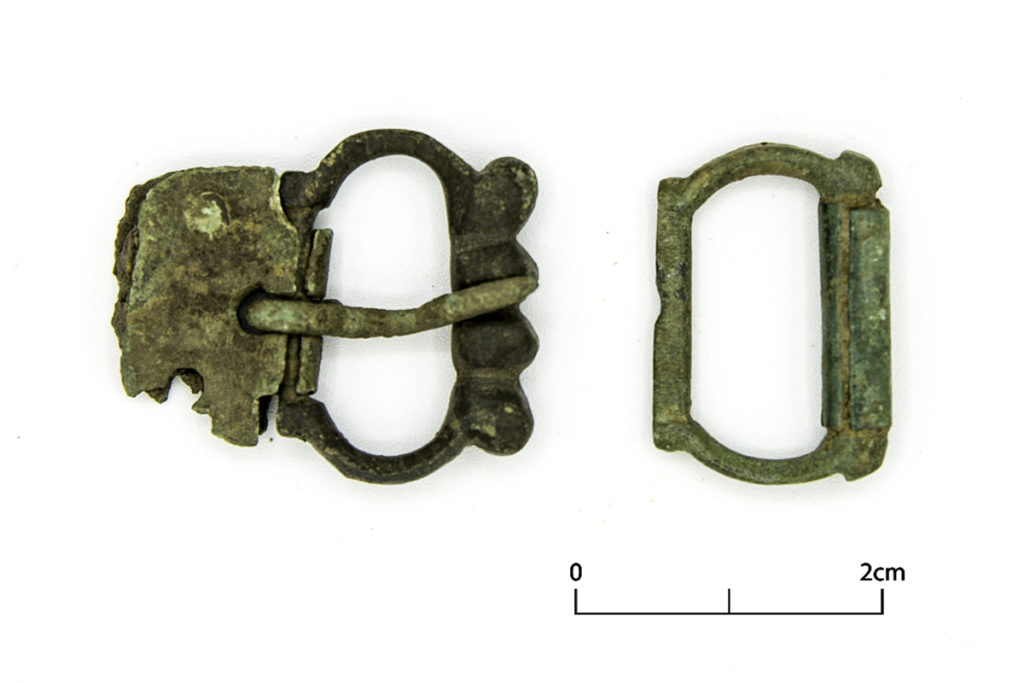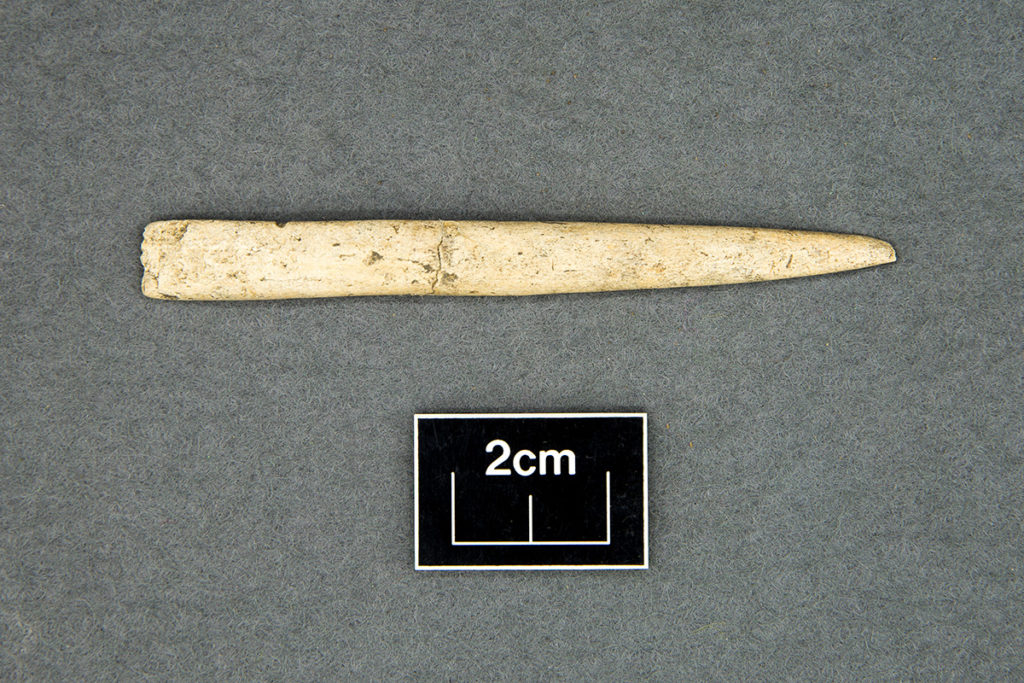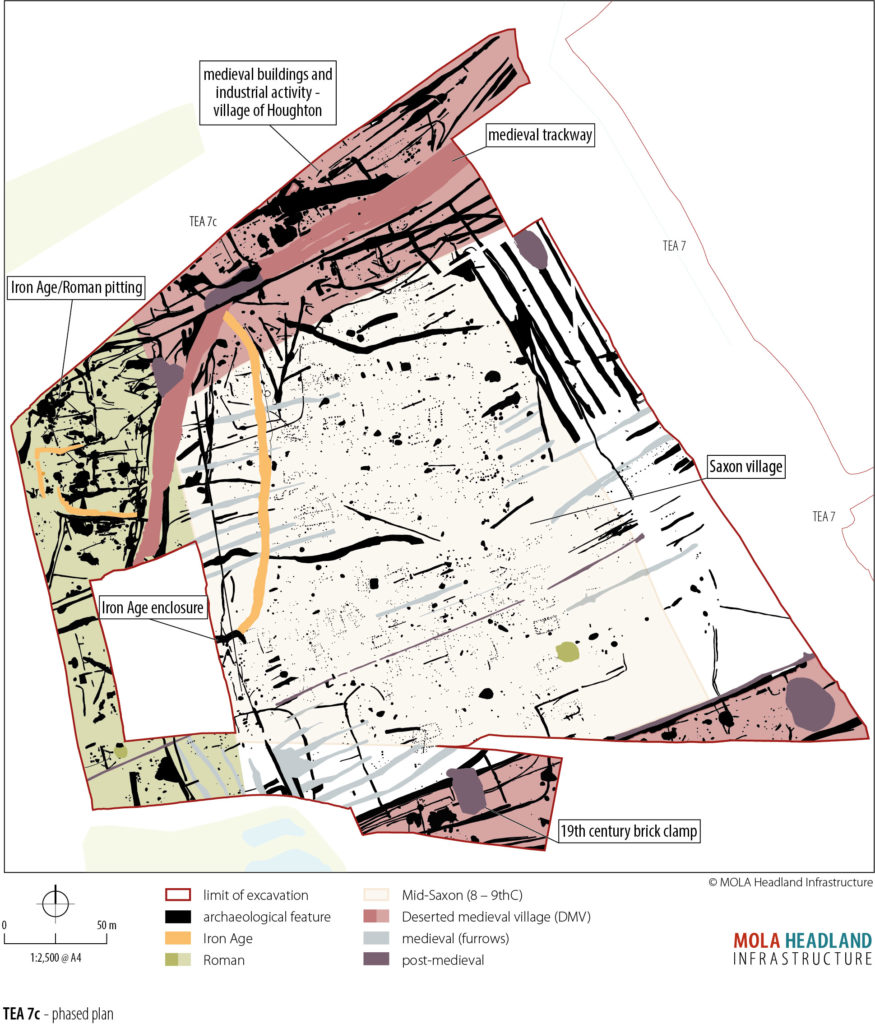The footprints of entire ancient settlements have been uncovered across Cambridgeshire during the archaeology programme of the A14 Cambridge to Huntingdon improvement scheme. Our archaeologists have uncovered tonnes of prehistoric pottery, excavated three of the largest Anglo-Saxon settlement areas ever investigated in Cambridgeshire and discovered evidence of revolutionary Roman technologies being introduced to the county. Now, we’re looking at the tantalising evidence of a long-lost Deserted Medieval Village discovered less than half a mile west of Brampton.
Deserted Medieval Villages are not uncommon in England – many others have been discovered and excavated – but as our team delve into the history of this particular village, evidence of a much more unusual reason for its abandonment is coming to light.
Thanks to surviving historical documents we know that the village we have uncovered was called Houghton, meaning ‘estate or farm on a heel-shaped spur of land’ in Old English. But who lived there, and what made them leave?
Houghton started out in the 6th to 9th centuries AD as an unenclosed Anglo-Saxon settlement of 40 houses and huts. By the time it was abandoned in the 13th century the small settlement had become a neatly laid out village, with houses lined up along trackways and set within more obvious plots.
Finds and features offer clues about what life in Houghton was like – it was unusually rich with industrial activity. Concentrated traces of metalworking remains have been found around one building, thought to be a blacksmith’s shop. On the other side of the central track are what appear to be tanks called ‘retting pits’ – perhaps for treading or beating flax to make clothing fibres or some other water-based process.
- Medieval metal belt buckles from Houghton (c) A14C2H courtesy of MOLA Headland Infrastructure
- Pin beater from the Deserted Medieval Village of Houghton (c) A14C2H courtesy of MOLA Headland Infrastructure
But what made the people of Houghton leave this bustling village? The most common reason for this to happen in Britain is plague. As outbreaks claimed the lives of thousands, village populations rapidly declined and survivors moved on, resettled and created new communities. However, things were different at Houghton.
On his accession to the throne in 1154, King Henry II claimed the whole county of Huntingdonshire as his exclusive hunting ground under Norman law. As the ‘royal forest’ expanded, the villagers lost access to the local woodlands which would have provided their food and fuel and were forced to move out.
- Phased plan of A14C2H Deserted Medieval Village (c) A14C2H courtesy of MOLA Headland Infrastructure
Emma Jeffery, one of our Senior Archaeologists said: “What is really interesting about Houghton is that it is an earlier Deserted Medieval Village than most. It wasn’t abandoned due to the Black Death like many others were, but instead the villagers were forced out by the expansion of the royal hunting forest.”
As Houghton’s population declined, its inhabitants most likely relocated to the modern village of Brampton nearby, leaving behind only traces of their busy, hard-working lives in the open Cambridgeshire fields to be revealed almost one thousand years later.
Join us on our journey
- @A14C2H #A14Archaeology
- facebook.com/A14C2H/ #A14Archaeology
- Come to one of our community archaeology events
- Find out more about the A14C2H improvement scheme here
The archaeological programme for the Cambridge to Huntingdon improvement scheme is being carried out by A14 Integrated Delivery Team on behalf of Highways England.




1 Comment
Leave A Comment